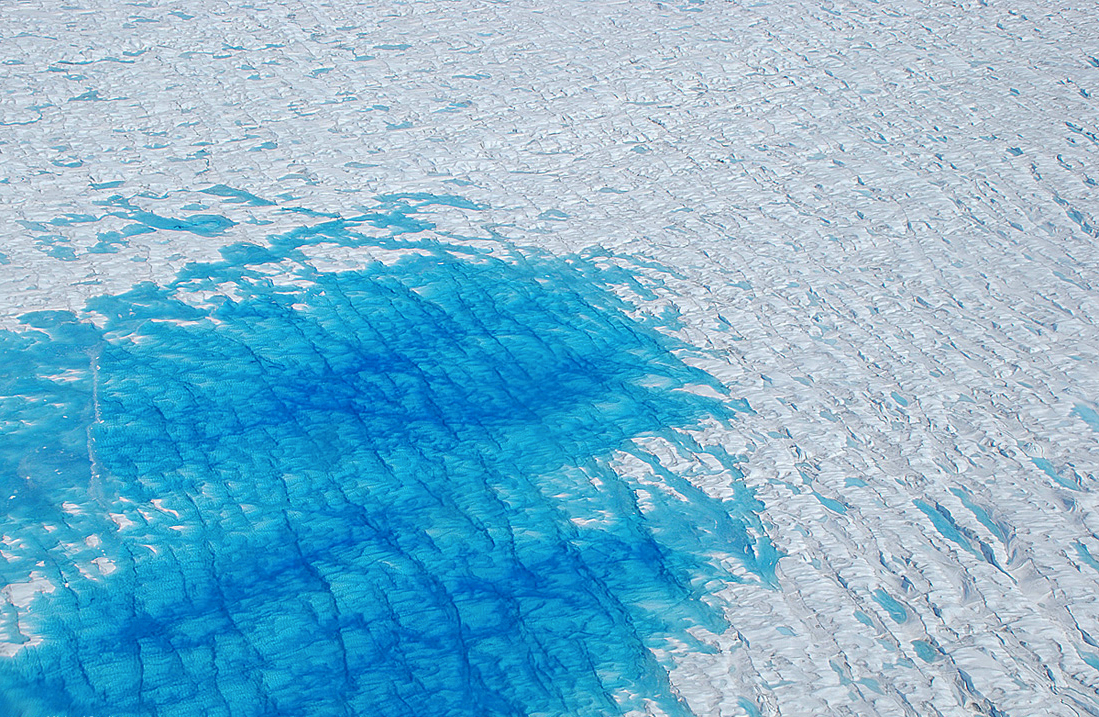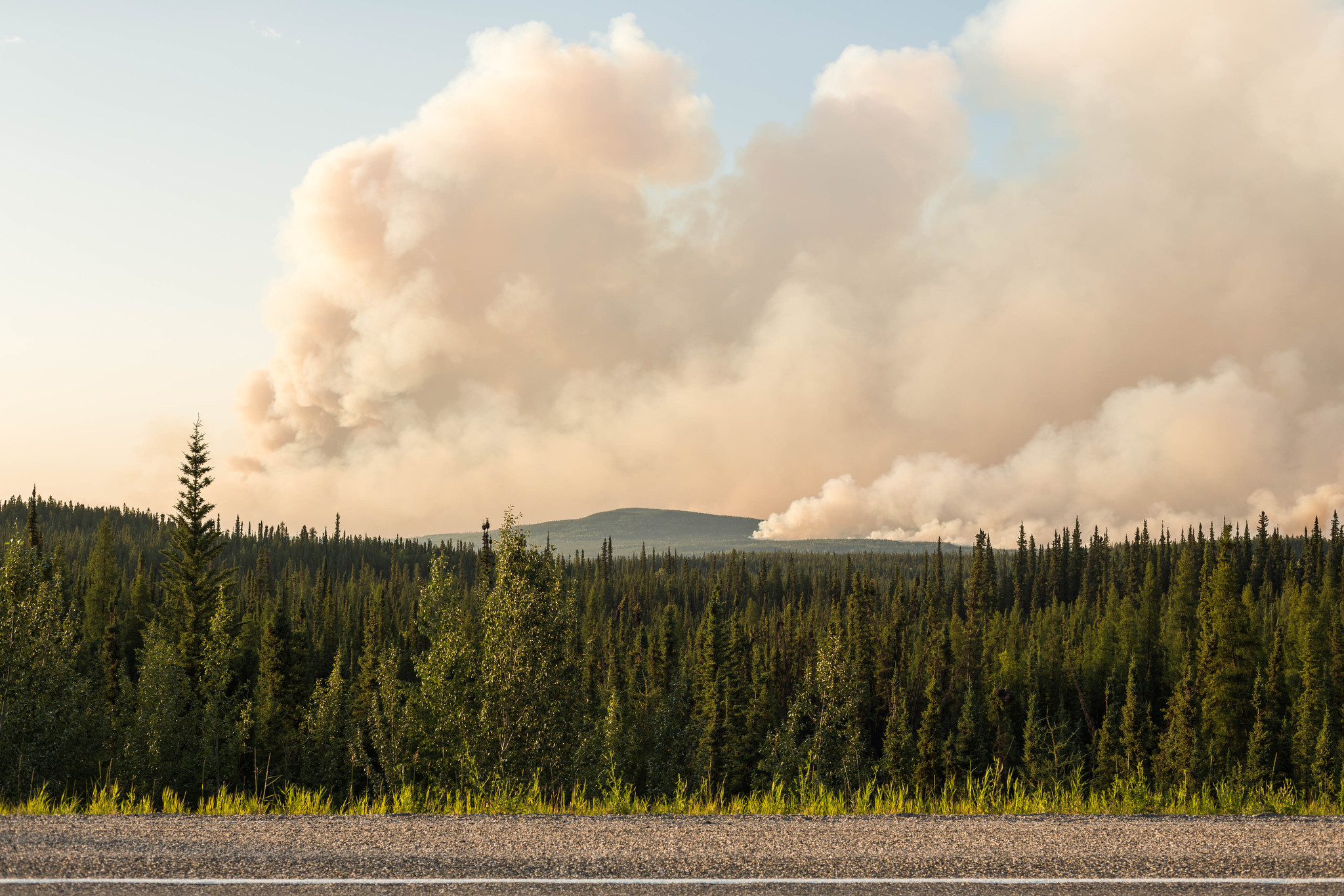Wildfires can cause glaciers to melt from over a thousand miles away, scientists find
For the first time, scientists have tracked soot from Canadian wildfires all the way to the Greenland ice sheet where the dark, sunlight-absorbing particles landed on the ice and had the potential to significantly enhance its melting — pointing to a possible new driver of sea level rise.
It’s the first end-to-end documentation of a process that, it’s feared, could hasten Greenland’s melting in the future — and since the ice sheet could contribute more than 20 feet of eventual sea level rise, any such process is one that scientists weigh carefully.
“That’s the first time we’ve been able to connect that whole logic chain from, here’s a fire and here’s where it ended up on the ice sheet,” said Chris Polashenski, one of the study’s authors and a researcher with the U.S. Army Corps of Engineers’ Cold Regions Research and Engineering Laboratory.

The study found that a specific atmospheric event, a snowstorm in late July and early August of 2013, was the critical factor in delivering the soot to the surface of Greenland. Without that storm to bring them down from the atmosphere to the surface, the soot particles could have traveled over the ice sheet at a high altitude and never landed.
“A lot of the time, the wind blows from a fire to the ice sheet and the black carbon doesn’t actually end up on the ice sheet,” said Polashenski.
The paper was published in Geophysical Research Letters. It had 14 scientific contributors from institutions in the U.S., France, and Norway – not surprising since different groups of scientists analyzed the fires themselves, studied how their smoke plumes traveled a vast distance and ended up over Greenland, and actually documented the presence of soot on the ice sheet.
Soot — which emerges from combustion and is largely composed of a substance called black carbon — influences a property of snow called albedo, or reflectivity. Whiter ice reflects more solar rays back to space. Pools of water and dark particles reduce the reflectivity of the ice sheet, allowing it to absorb more heat. Water is less reflective than pure snow – and in some cases the growth of biological life in ponds atop the ice sheets also causes darkening, which speeds the melting process.
The study, which only examined a single event, was not able to document a trend toward an increased deposition of soot atop Greenland due to a larger number of wildfires. But it certainly hints at the possibility that such a trend could occur.
The amount of soot deposited in this single event would have been enough to cause an increase in melting, the researchers said — if not for the fact that it was subsequently buried by another snowstorm. The study found that 57 percent of all of the black carbon that fell in northwest Greenland in 2013 occurred in this single event.
That means the risk that worsening fires could enhance the melting of Greenland – and therefore, the rising of the seas – is definitely worth taking seriously, if hardly proven at this point.
“I would say that certainly, as fire activity increases in the future, the chances that this perfect combination of factors come together will increase,” said Jennie Thomas, the lead author of the study and a researcher at France’s National Center for Scientific Research.

Warming atmospheric and ocean temperatures remain the chief driver of the melting of Greenland, rather than the distant transport of melt-enhancing particles from fires.
But the study adds to understanding about how the “darkening” of Greenland’s ice – caused in this case by soot particles – is affecting melting.
“It’s finally a scientific manifestation of a lot of speculation that was happening on the web, and I’m glad that there is now this paper that can provide some substance,” said Marco Tedesco, a Greenland researcher at the Lamont-Doherty Earth Observatory at Columbia University who was not involved in the study.
Tedesco agrees that while this study doesn’t itself prove it, in the future this could be bad news for the ice sheet.
“The effect of these fires could add to the overall contribution of black carbon,” he said. “And then of course in the future, if it becomes more frequent, then yes, it could start playing a major role.”